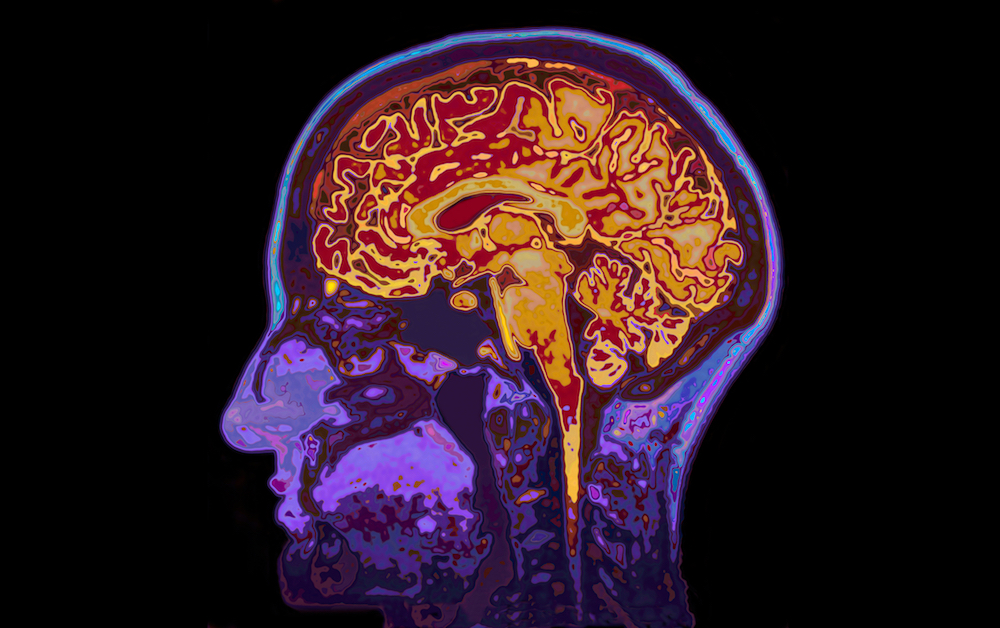Addiction has become what many of us refer to as the ‘epidemic of this generation. Whether it comes up in conversation with your friends, while you’re browsing the internet, or watching the news, the subject of dependency is all too familiar with both the young and middle-aged generations. But addiction isn’t just related to using substances like drugs and alcohol— it can show up in our life through our behaviour.
The problem with behavioural addiction is that many of us don’t even know we’re experiencing it.
Research has identified that the brain has the same reactions to drugs and alcohol, as it does to things like food, sex, the internet, video games, social media, shopping, and gambling. All of these behaviours and activities are considered reward-based because they activate the brain’s reward center, which releases dopamine— a neurotransmitter that creates feelings of satisfaction and pleasure.
How Does Behavioural Addiction Begin?

From a physiological point of view, addiction research has involved reward-based learning processes, which are highly correlated in both substance and behavioural addictions.
The amygdala is the part of the brain which involves emotional significance and associated learning. This is important to note because it’s associated with the conditioning process of behavioral addiction. In simple terms, the brain develops a motivation or learned connection to a particular act, which then becomes a habit.
This process of adaptation takes place in three stages: 1. Rushes of dopamine, 2. Triggering of response, and 3. Additional results to the behaviour. When this signal reaches the dopamine neurons, they release an outpouring of stimuli (pleasure) across transmitting pathways.
As this happens continuously over time, it builds a reward system linked to a certain substance or behaviour, which can then result in a person becoming addicted and feeling as though they have lost control.
We also believe all addiction— whether that’s substance use or behavioural addiction— can be traced back to some form of emotional pain or a void that needs to be healed.
For example, let’s say a person has a behavioural addiction to shopping and overspending. The act of shopping triggers the reward center of the brain, but may also provide emotional comfort. Perhaps in childhood, this person’s mother would take her shopping and this is how they’d give love: through gifts. Let’s say this person felt loved and taken care of during this experience, so in adulthood, they may associate shopping with love, and shop or overspend when they feel a lack of love.
Here’s another example.

Have you ever found yourself in the middle of a conversation that begins to become uncomfortable? Maybe your partner asks if you’ve completed a task you’ve been putting off, such as renewing your passport for an upcoming trip— and you frequently wait until the last minute to take care of tasks like this.
Perhaps during this conversation, you begin to feel pressured or triggered, and you find that you reach for your phone, unlock it, tap the Instagram application, open it, and begin feverously scrolling through photos and captions. You continue to do this for nearly a minute, while your partner looks away, feeling as though they have lost you.
Often, when a discussion became uncomfortable, you find that you discover temporary relief in social media scrolling, which causes the avoidance of emotions. Why does this happen? Let’s go through the motions.
As soon as you become uncomfortable, you reached for social media. You felt an instant blocking or numbing of those painful feelings and felt them replaced by a sense of satisfaction. You replied to the conversation, and although what you said may or may not be true, you were able to finally become comfortable with providing the reassurance that your partner was looking for while the app was still open.
This is just an example, and you may or may not be able to relate to this particular scenario, but let’s start to think about how many times we not only reach for substances but behaviours that allow us to numb and block out the emotions that we are feeling.
Why is it that we have become so accustomed to numbing, and feel uncomfortable to feel what we are feeling? Is it because we now have easy access to so many alternative ways to block out emotion? If we are not conscious of these actions, from what we now know about the brain, they can become behaviours that turn into addictions. This also results in continually suppressing the emotion we need to confront and heal or learn to be temporarily uncomfortable with.

Today, most substance abuse treatment centers are accepting patients for treatment of behavioral addictions. Additionally, more and more 12-step programs and support groups for sex and love, food, gambling, and internet addictions are popping up.
It is important to acknowledge, just as we have done and should continue to do with substances, whether we may be displaying some of the signs of a behavioural addiction.
If you notice that something which you thought previously was innocent fun has become an unhealthy habit that has begun to interfere with your personal life or professional life (such as relationships or work), and no longer provides you with joy but has become a necessity, this activity may have turned into a behavioural addiction.
When it comes to behavioural addiction, the most important thing to focus on is staying open-minded with curiosity, acknowledgment, and acceptance. From here, you can begin to take the steps necessary to heal, and enjoy each present moment feeling naturally connected, fulfilled, joyous and free.
